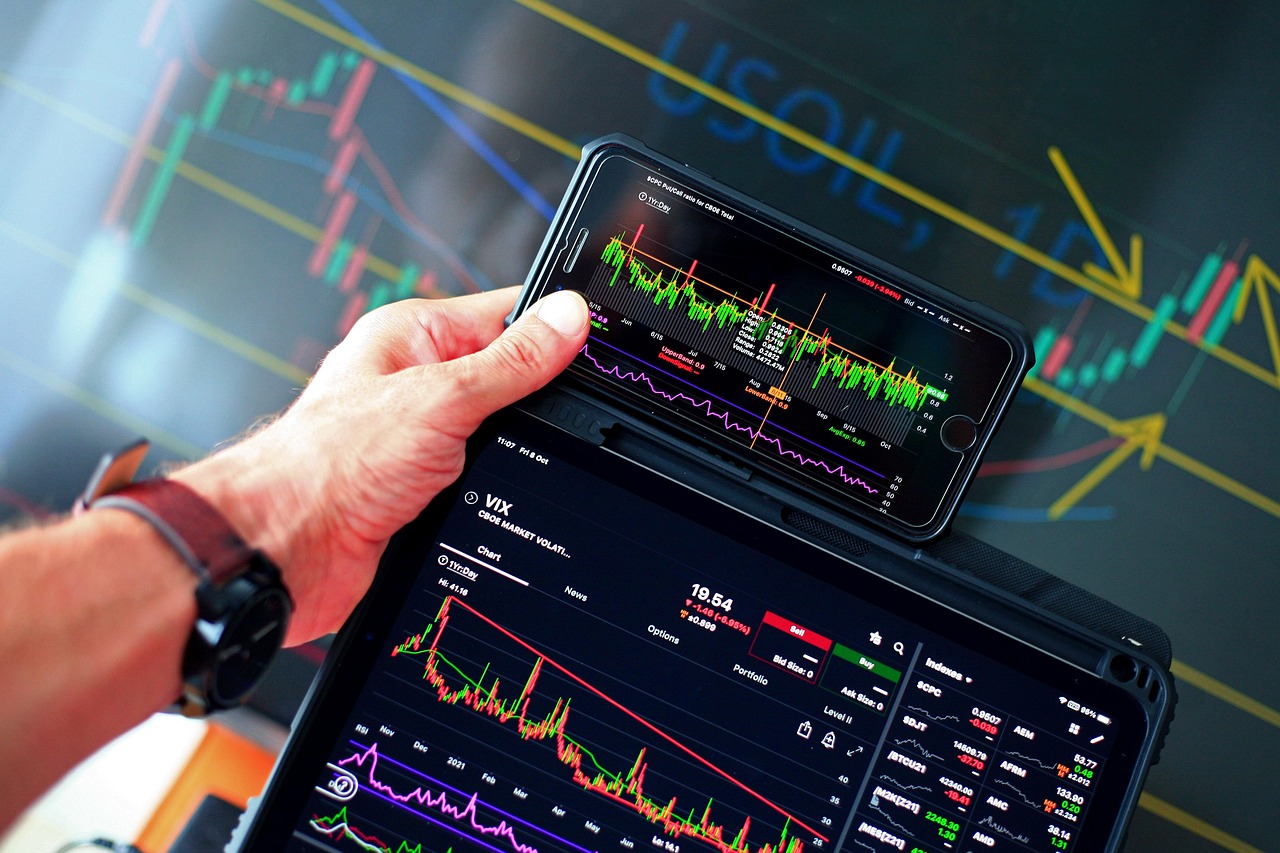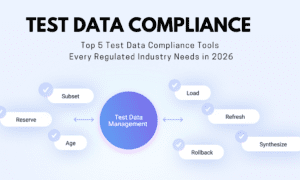The oil trading sector in 2025 is exceedingly dynamic and unpredictable with prices rising and falling, political events causing unrest, and the increasing push toward energy transition. This article examines industry reports and insights from experts to give a synoptic synopsis of the state oil market.
The Oversupply Quandary: Too Much Oil, Too Little Demand?
The global oil market in 2025 has shown the prospect of an assessable surplus. The Oxford Institute for Energy Studies states there are diverging narratives about the oil market: some argue for a sizable over-supply, while others foresee this with a deficit. According to the EIA, global oil markets will likely remain tight until mid-2025, with inventory builds expected later in the year.
The surplus is thus a result of increased production from non-OPEC countries, predominantly the U.S., Canada, and Guyana. The U.S. is expected to reach record production levels of over 13.44 million b/d due to advances in shale drilling. Meanwhile, OPEC continues to exercise caution in managing production, with Saudi Arabia leading the charge in cutting output to maintain higher prices in the global market.
Demand-side growth has slowed on account of economic uncertainty, complemented by the demand for energy transition. Risks affecting global consumption trends are now focused on the economic slowdown in China. As observed by Global Trade Review, the demand growth rate has slowed, and the market is expected to tip into a surplus around late 2025.
Price Forecasting: Predictions of the Experts
Oil prices within 2025 are expected to remain volatile. The following are predictions of some key institutions:
| Source | Brent Crude Forecast | WTI Crude Forecast |
| Goldman Sachs | $76/bbl | N/A |
| J.P. Morgan | $73/bbl | $64/bbl |
| U.S. EIA | $74/bbl (H2 average) | $69/bbl |
| Fidelity | $70–$90/bbl range | N/A |
Most analysts are betting on Brent crude roaming between $70-$85 per barrel and WTI crude around $64-$75 per barrel. But of course, any geopolitical event or unexpected supply disruption could provide the chance for extreme price swings.
Geopolitical Wildcards: What Traders Are Losing Sleep Over
Geopolitics remain the name of the game in oil for traders:
Middle East Tensions: Conflicts near the Strait of Hormuz bring into focus 20% of global oil transit.
U.S. Election Aftermath: The energy policy pendulum in the U.S. could swing after elections, which may directly impact production activities and export policies.
Sanctioning Roulette: Russia and Iran remain under the sanctions of the West, which disrupt supply chains and add uncertainty to the trading.
Key Players in the Oil Market
State Producers
- U.S.: Dominates global production via shale drilling in the Permian Basin.
- Saudi Arabia: Uses OPEC+ production policies to exert immense influence.
- Russia: Steering exports to Asia while being slammed by Western sanctions.
Corporate Giants
- ExxonMobil: Expanding its shale operations and heavily investing in carbon capture technologies.
- Chevron: Balancing traditional oil production with renewable fuel initiatives.
- Saudi Aramco: Diversifying on hydrogen.
Technological Innovations in Oil Trading-according to them
An ever-delivering changing technology that is changing the different oil trading functionalities: Algorithmic Trading uses different AI ways of trading into optimal execution but with the prerequisites of stringent controls during volatile instances due to chances of losing money.
IoT Pipeline Monitoring: More than 30% of leakage incidents are being reduced. This proves to be beneficial as far as the efficiency of operations is concerned.
- Carbon Capture: Companies like ExxonMobil have tied billions into the emissions reduction resulting from fossil fuel projects.
Trading Strategies for 2025
These will therefore help traders understand their way through the oil markets in some years to come. Keep a close eye on all OPEC+ decisions: The production policies influence market sentiment significantly.
Technical analysis: Pay necessary attention to a $70 support and an $85 resistance level where Brent crude is concerned.
Diversify portfolios: Invest into both conventional energy asset classes and renewables for a balanced outlook.
Leverage risk management instruments: Use stop-loss orders and hedging to protect yourself against sudden price swings.
The Bottom Line
Oil trading is a challenge in 2025 achieved from a difficult understanding of the world market dynamics and their relationships with geopolitical and technological advancements. Hence, it becomes necessary for well-informed individuals using sound strategies to convert opportunities into risks.
Ready to Trade Oil?
It’s important to choose a trusted trading platform when getting into trading – something stable and easy to work with. Explore your options and trade with confidence today.



































